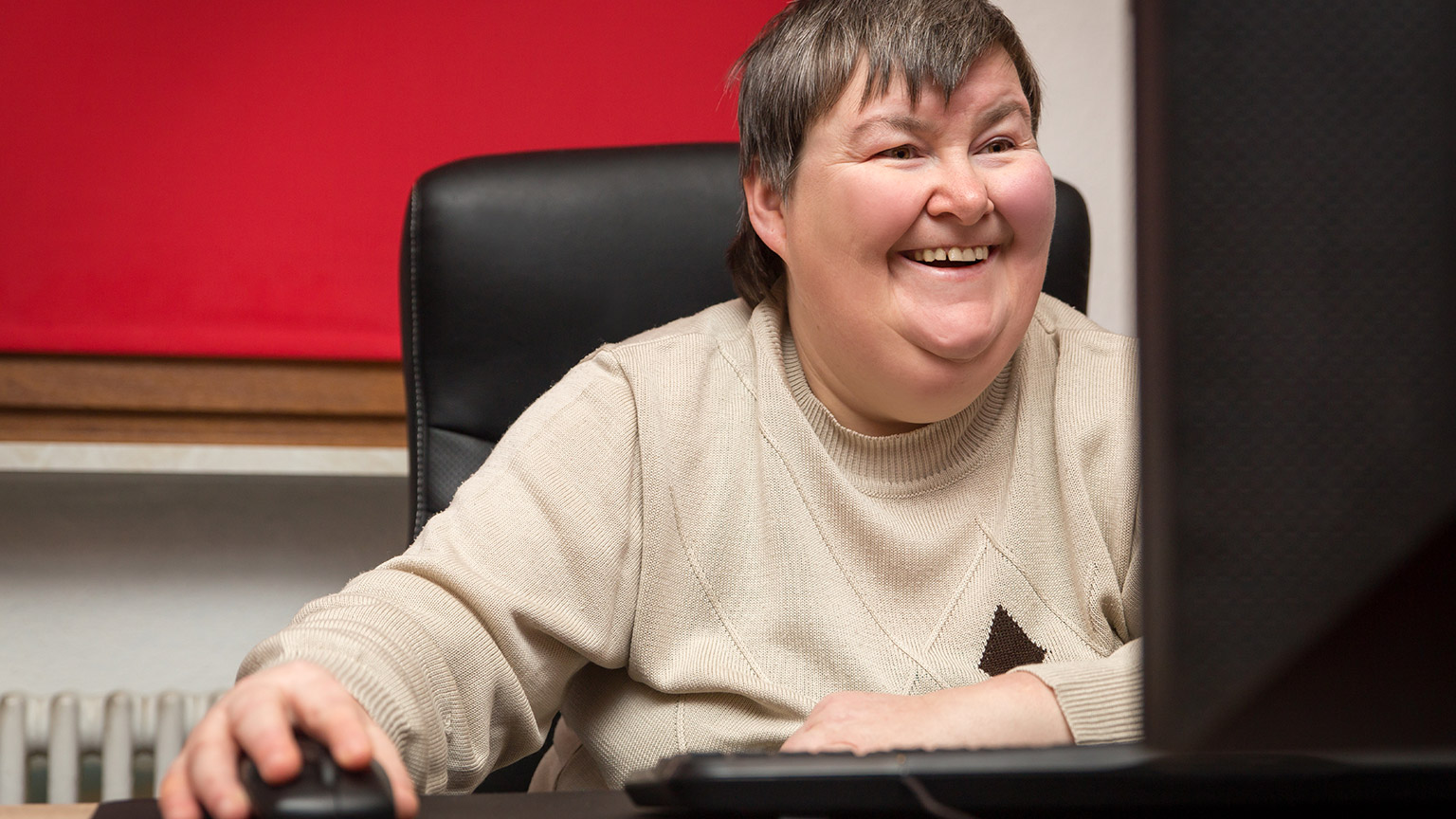Imagine a world where society celebrates neurodiversity, embracing differences and learning disabilities for the unique strengths they bring. What if our focus shifted from challenges to recognising the talents and contributions that arise from these differences?
Inclusion goes beyond the physical presence of individuals; it ensures equal rights, choices, and opportunities for everyone, including those with disabilities or from marginalised groups.
Fostering a sense of belonging involves actions like actively engaging individuals in shared activities, accommodating their needs during social interactions, and creating a space where their unique perspectives are acknowledged.
Key practices such as clear communication, an awareness of sensory sensitivities, and openness to different ways of connecting are crucial. Listening and learning about neurodiversity, understanding social preferences, and making space for diverse abilities are vital aspects of creating an inclusive community.
Schools, recreational programs, community organisations, and individuals all contribute to fostering inclusive social spaces, recognising that true inclusion is a commitment to wholeness, valuing the diversity each person brings.
In this interview with Fiona Ferris, Deputy CEO at AsIAm, community inclusion is defined as creating opportunities for every member to thrive without barriers, celebrating individual differences.
Reading
Fiona Ferris Interview
Ferris highlights the challenges autistic individuals face, including communication disparities and societal judgements, advocating for increased understanding through education to foster true community inclusion.
Expected Duration: 10 minutes
Reading: Fiona Ferris Interview
Post Read Task
Answer the following questions about Community Inclusion.
Neurodiversity awareness is on the rise. However, awareness doesn’t always translate into action, and organisations are largely not moving fast enough to remove existing barriers to entry for neurodivergent talent. This is increasingly time critical as the neurodivergent community is a demographic in constant evolution.
Reading
Neurodiversity: three barriers to seeing true potential (and how you can overcome them)
The article by Federica Rusmini, identifies three main challenges employers face: mindset issues, disclosure difficulties, and barriers in the selection process.
Expected Duration: 10 minutes
Reading: Neurodiversity: three barriers to seeing true potential (and how you can overcome them)
Post-Read Task
Propose one actionable step employers can take to address each of the barriers to create a more inclusive workplace.
In New Zealand, strong laws and international agreements play a vital role in breaking down barriers and ensuring inclusivity, especially for neurodiverse individuals. The following key legal aspects contribute to the removal of obstacles and ensure equal access to education:
Treaty of Waitangi Act 1975
- Recognises the Treaty of Waitangi, focusing on principles of presence, participation, and partnership.
- Promotes inclusive learning communities, aligning with values of respect and equal opportunities.
Education Act 1989
- Ensures equal rights for all children, including those with disabilities, to attend local state schools.
- Requires proper training for educators and guarantees enrollment on an equal basis for students with special educational needs.
Human Rights Act 1993
- Prohibits discrimination based on disability, including neurodiversity.
- Ensures equal opportunities in education.
- Mandates reasonable accommodations for individuals with disabilities, including neurodiverse conditions.
- Establishes the Human Rights Commission to handle complaints related to discrimination and to promote inclusive practices in all areas of life, fostering a culture of acceptance and diversity.
United Nations Convention on the Rights of the Child (UNCROC)
- Ratified in 1993, emphasising children's rights to education and protection.
- Obligates governments to provide access to education, reinforcing non-discrimination principles.
United Nations Convention on the Rights of Persons with Disabilities (UNRPD)
- Ratified in 2008, emphasises inclusive education for individuals with disabilities.
- Article 24 obligates States Parties to provide equal access to primary and secondary education with necessary accommodations and support.
Education and Training Act 2020 - Section 34
- Enacted in 2020, ensures individuals with special educational needs, irrespective of disability, have equal rights to enroll and receive education in state schools.
- Requires schools to be inclusive, accommodating students with varying needs, aligning with Treaty of Waitangi principles.
New Zealand Disability Strategy
- Will guide government agencies on the rights and well-being of individuals with disability issues from 2016 to 2026.
- Applicable to individuals and organisations seeking insights for informed decision-making on matters important to disabled people.
- Actively involves disabled individuals in decision-making.
- Envisions a non-disabling society where disabled people have an equal opportunity to achieve their goals and aspirations, with all of New Zealand collaborating to make this vision a reality.
Whaikaha – the Ministry of Disabled People, outlines eight Outcomes and how each contributes towards achieving the overall vision of the of the New Zealand Disability Strategy.
Beyond Laws: Cultivating Inclusion for Neurodiverse Acceptance
While laws are in place to protect neurodiverse individuals from discrimination and require accommodations, they might not be enough. It's important to change biases and attitudes towards neurodiversity.
Educational programmes and awareness initiatives can help create an inclusive culture. This ensures that neurodiverse individuals are not just legally protected but also accepted and understood in society.
- The vision is to celebrate neurodiversity, emphasising strengths rather than challenges, fostering a society that values unique talents arising from cognitive differences.
- Inclusion goes beyond physical presence, requiring equal rights and fostering a sense of belonging through communication, sensory awareness, and acknowledgment of diverse perspectives.
- Community inclusion, as described by Fiona Ferris, involves education, understanding, and individualisation to uphold human rights for autistic individuals.
- Neurodiversity awareness is growing, but challenges in the workplace persist, including mindset issues, disclosure difficulties, and selection process barriers.
- New Zealand's legal framework, from the Treaty of Waitangi to the Education and Training Act, ensures equal access and rights for neurodiverse individuals, aligning with international agreements.
- Recognising legal foundations as a base, addressing biases and societal attitudes through education and awareness initiatives is crucial for genuine acceptance and understanding in all aspects of life.
